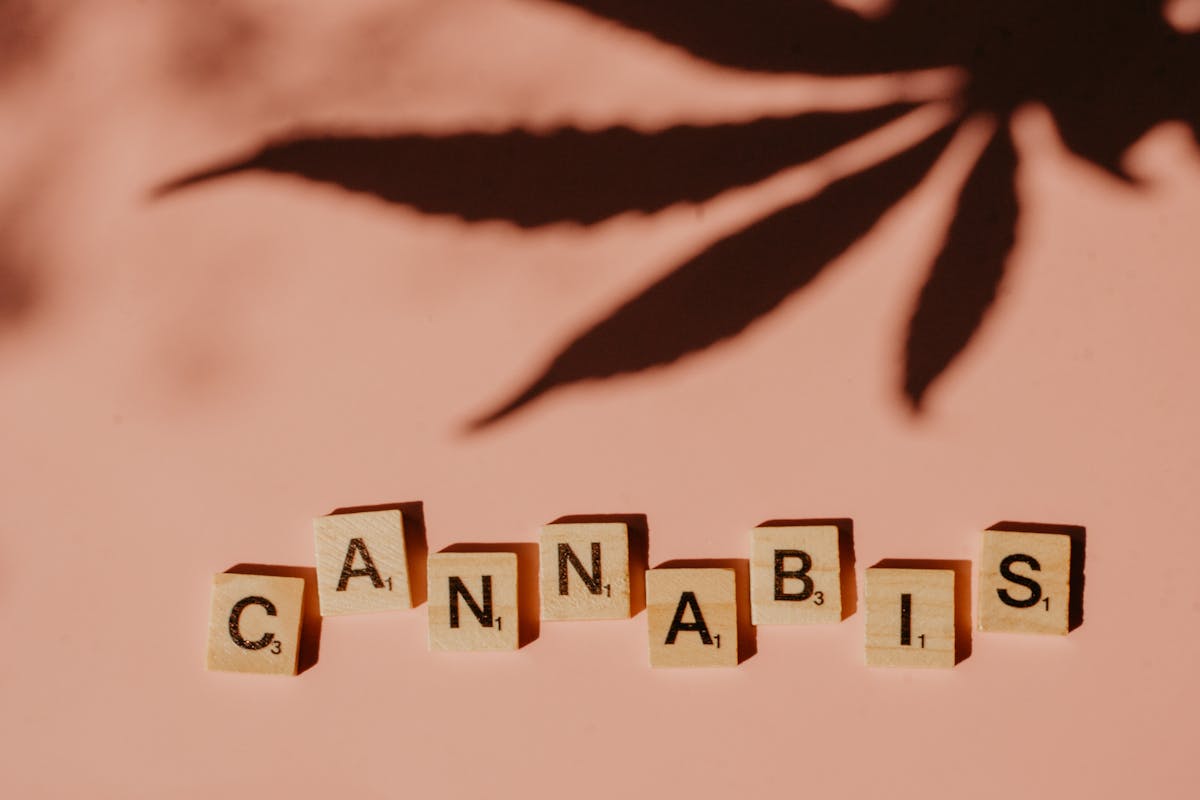- Compliance with federal, state, and local regulations is crucial for cannabis businesses.
- Good Agricultural Practices (GAP) ensure safety and quality in cannabis cultivation.
- Testing labs play a vital role in verifying product safety and compliance.
- Collaboration with accredited labs demonstrates a commitment to consumer safety.
- Adapting to regulatory changes is essential for sustainable growth in the cannabis industry.
The cannabis industry is rapidly evolving, with legalization spreading across various regions. As the market expands, so do the regulations governing its cultivation, distribution, and sale. For cannabis cultivation businesses, compliance is not just a legal obligation but a crucial aspect of maintaining credibility, ensuring consumer safety, and fostering trust within the industry. This article will explore the essential strategies for ensuring compliance in a cannabis cultivation business.
Understanding Regulatory Frameworks
Federal Regulations
At the federal level, cannabis remains classified as a Schedule I controlled substance in many countries, including the United States. Despite this classification, certain jurisdictions have legalized its medicinal and/or recreational use, leading to a complex regulatory landscape. Understanding federal laws and adhering to them is paramount to avoid legal repercussions.

Compliance with DEA Guidelines
Businesses must adhere to the Drug Enforcement Administration (DEA) guidelines regarding the cultivation, processing, and distribution of cannabis. This includes obtaining the necessary licenses and permits, maintaining strict inventory records, and implementing robust security measures to prevent diversion.
FDA Compliance for Cannabis Products
While the Food and Drug Administration (FDA) primarily regulates food, drugs, and cosmetics, it also oversees certain aspects of cannabis products, particularly those marketed for therapeutic purposes. Ensuring compliance with FDA regulations is essential for businesses producing cannabis-infused products or medications.
State and Local Regulations
In addition to federal laws, cannabis businesses must navigate state and local regulations, which can vary significantly from one jurisdiction to another. These regulations cover various aspects, including licensing requirements, cultivation limits, product testing standards, packaging, and labeling guidelines.
Licensing and Permitting
Obtaining the appropriate licenses and permits from state and local authorities is the first step toward operating a compliant cannabis cultivation business. This involves submitting detailed applications, undergoing background checks, and meeting specific criteria set forth by regulatory agencies.
Environmental Compliance
Cannabis cultivation can have environmental impacts, such as water usage, energy consumption, and waste generation. Many jurisdictions have established environmental regulations to mitigate these effects, requiring businesses to implement sustainable practices and adhere to resource conservation measures.
Implementing Quality Assurance Practices
Good Agricultural Practices (GAP)
Adhering to Good Agricultural Practices (GAP) is essential for ensuring the safety and quality of cannabis products. These practices encompass various aspects of cultivation, including seed selection, soil management, pest control, irrigation, and harvesting techniques. By following GAP principles, businesses can minimize the risk of contamination and produce high-quality cannabis crops.
Pest Management Strategies
Effective pest management is critical in cannabis cultivation to prevent infestations and minimize crop losses. Integrated Pest Management (IPM) strategies, which combine biological, cultural, physical, and chemical control methods, are commonly employed to mitigate pest pressure while minimizing environmental impact.
Crop Monitoring and Recordkeeping
Regular monitoring of cannabis crops is necessary to identify potential issues early and implement corrective measures promptly. Maintaining detailed records of cultivation activities, including planting dates, growth stages, pesticide applications, and harvest yields, facilitates traceability and compliance with regulatory requirements.
Ensuring Product Safety Through Testing
Importance of Cannabis Testing
Cannabis testing plays a vital role in ensuring product safety, quality, and consistency. Testing laboratories analyze cannabis samples for potency, purity, and contaminants, including pesticides, heavy metals, residual solvents, and microbial contaminants. By conducting thorough testing, businesses can verify compliance with regulatory standards and provide consumers with safe and reliable products.

Collaboration with Test Labs
Partnering with accredited cannabis test labs is essential for obtaining accurate and reliable testing results. These laboratories utilize state-of-the-art equipment and validated testing methods to assess the safety and quality of cannabis products. Collaborating with reputable test labs helps businesses demonstrate their commitment to compliance and consumer safety.
Testing Requirements and Protocols
Understanding testing requirements mandated by regulatory agencies is crucial for cannabis businesses. These requirements may vary depending on the jurisdiction and the type of cannabis product being tested. Implementing standardized testing protocols and procedures ensures consistency and reliability in testing practices.
In the highly regulated cannabis industry, compliance is non-negotiable for cultivation businesses seeking long-term success and legitimacy. By understanding and adhering to federal, state, and local regulations, implementing quality assurance practices, and prioritizing product safety through rigorous testing, cannabis cultivators can navigate the complex regulatory landscape with confidence. Collaboration with accredited test labs is instrumental in ensuring accurate testing results and maintaining consumer trust. As the industry continues to evolve, staying proactive and adaptable to regulatory changes is essential for sustainable growth and compliance in the cannabis cultivation sector.





